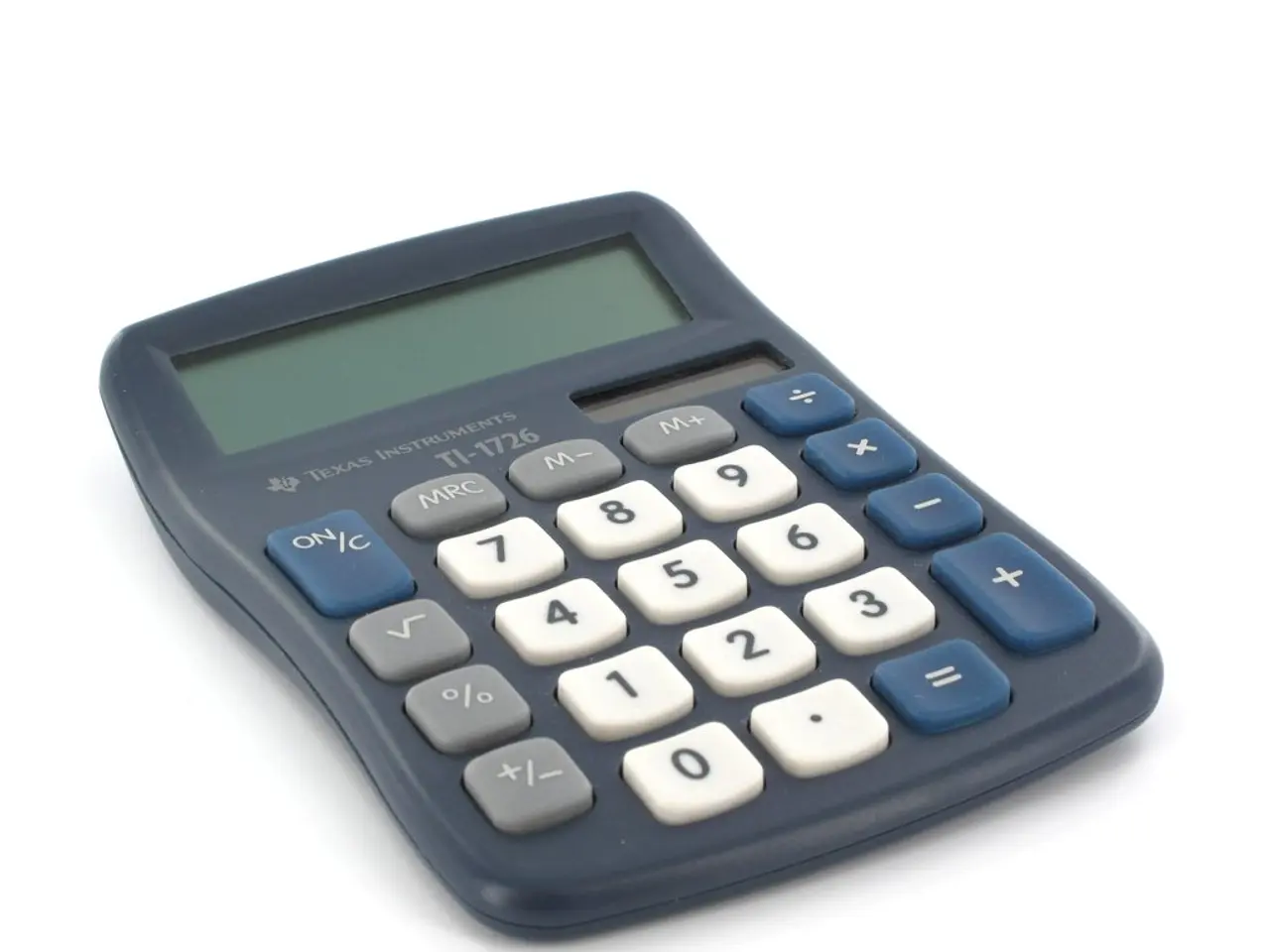Shortcut Strategies for Competitive Maths: Efficient Methods to Excel in Quantitative Ability Tests
In the realm of competitive exams, mastering math tricks and shortcuts can be a game-changer. These techniques, rooted in methods like Vedic Maths, simplify complex calculations, reduce errors, and save valuable time.
One such trick is for dividing a number by 5. By multiplying the number by 2 and moving the decimal point one place to the left, you can quickly obtain the answer.
For numbers ending in 5, multiplication can be simplified by adding 25 at the end. This math trick, while old, is still effective and can help you solve problems faster.
When it comes to finding the unit digit of a number raised to any power, a unit digit shortcut exists. This shortcut can be a lifesaver in competitive exams where time is of the essence.
In the face of lengthy calculations during exams, candidates often struggle, leading to a loss of time and accuracy. However, using tables and charts can simplify complex data and help organize information clearly, making calculations more manageable.
In Profit and Loss questions, it's beneficial to use percentage-based comparisons. This approach not only makes calculations easier but also provides a clearer understanding of the problem.
Some key tricks for competitive exams include:
- Multiplying Two-Digit Numbers Between 11 and 19: Add the last digit of one number to the other, multiply by 10, then add the product of the last digits.
- Quick Percentage Calculation: Break percentages into parts, calculate each easily, and then sum.
- LCM and HCF Shortcut: Use the formula to quickly find LCM without listing multiples.
- Addition Tricks: Round numbers to the nearest tens, add rounded numbers, then adjust by adding/subtracting deficiencies.
- Subtraction Tricks: Round the number being subtracted to the nearest multiple of 10 or 100 and adjust accordingly to simplify calculation.
- Simplification for expressions like (x + \frac{1}{x}): Use algebraic identities or tricks to quickly simplify such expressions.
Additional methods include fast division, square and cube tricks, and quantitative aptitude shortcuts covering topics like percentages, averages, ratio-proportion, and number series.
These shortcuts help in quickly solving problems like addition, subtraction, multiplication, division, percentages, LCM/HCF, squares, cubes, and simplification, enabling efficient time management in exams like SSC, Bank PO, Railway, and RRB.
Videos and tutorials, such as those by Siddharth Srivastava, provide live demonstration of these speed maths techniques for better understanding and practice.
Lastly, it's important to remember that consistent practice is essential to gain command over the Quantitative Aptitude section. Mathematics is essential in government and competitive exams, and mastering these tricks can give you a significant edge.
The Calendar Shortcut can also be used to find the day of the week a particular date falls on. Additionally, the Simple Interest Shortcut Formula (P × R × T) ÷ 100, where P is the Principal amount, R is the Rate of interest, and T is Time in years, can simplify calculations related to simple interest. The Time and Work Shortcut (L.C.M. Method) can be used to solve problems related to time and work.
In conclusion, mastering math tricks and shortcuts, combined with a strong understanding of the basics, can help improve speed and efficiency in competitive exams. These techniques, when practiced consistently, can make a significant difference in your performance.
Education and self-development in the realm of competitive exams involves not just understanding the concepts, but also learning and mastering effective math tricks and shortcuts. These techniques, aimed at simplifying calculations, reducing errors, and saving time, are an essential part of learning to solve problems quickly and efficiently, such as the tricks for dividing a number by 5 or finding the unit digit of a number raised to any power. These methods, rooted in mastering Quantitative Aptitude, can help candidates manage their time effectively during exams like SSC, Bank PO, Railway, and RRB. Regular practice of these tricks and shortcuts can lead to command over the Quantitative Aptitude section, providing a significant edge in competitive exams.




